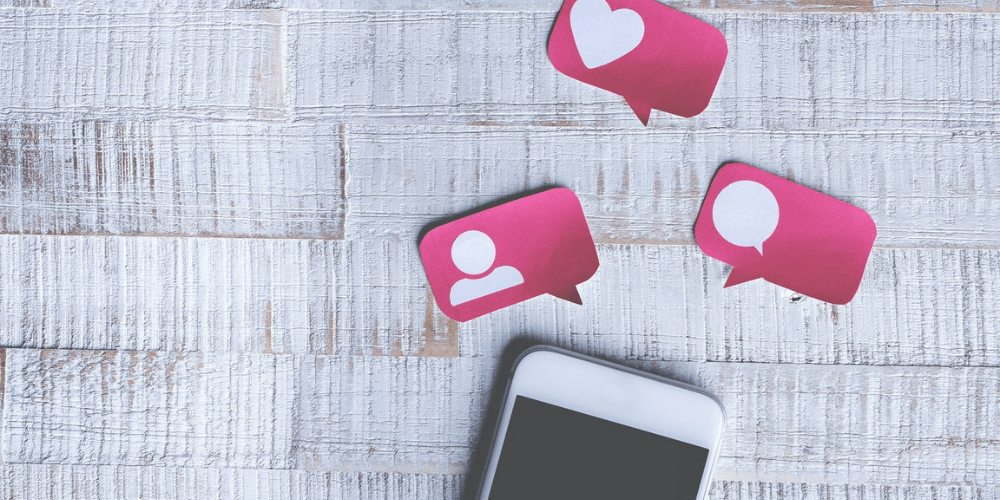
In the 1980s, tech’s glory alone wowed audiences. Digital realities were a new landscape, and they found acceptance because (being the emotional beings humans are) we were fascinated, pleased, and intrigued by the possibilities.
Fast forward to 2020 and oh, how audience expectations have changed.
Tech has continued improving and accelerating that rate of innovation, allowing for user emotions to become an increasingly important consideration in design. In other, less flattering words, the modern consumer has been spoiled in comparison to those who found a dot matrix printer revolutionary (at least when compared to an electric typewriter) in the 80s.
But this isn’t necessarily a bad thing: educated consumers drive innovation in the tech arena, for their part – yet it does throw the notion of ‘emotions’ into app design in ways the techies of yore never needed to consider.
People are emotional. As much as we like to think our intellect weighs logical considerations and enables our choices – if we’re honest – there’s a huge slice of ‘feelings’ in that formula, too. The savvy modern mobile app builder accommodates emotions, anticipating the users’ emotional response to an app’s look and feel, as well as its features and performance. In an era where (almost) everyone carries their mobile wherever they go, the potential for a highly intimate and compelling relationship between user and app is still rising. It will rise on the back of the emotional component of app UX, as well as the (comparatively dry) performance and feature expectations of consumers.
Why people choose the mobile apps they do
Smartphones are navigators, weathermen, personal coaches and trainers, dictionaries and libraries – and we occasionally call people on them, too!
Any user, when they stop to think about it, can identify why they utilise one mobile app over another for all those myriad functions. They might be able to construct a logical rationale, but ultimately, they use that app because it ‘feels’ good for them. They can justify it on features and performance, but those features and performance make them feel smart and savvy, and that’s the clincher – the emotional connection.
For example: one user may employ WhatsApp because of its more extensive emoji range, the precise way voice recording allows for voice notes, and – whether they know it or not – because the layout of text box and icon population feels familiar to them. Another will swear by Telegram, as it’s more ‘tecchie looking’ and dry in presentation (and thus affords them a toehold on the tech arena), and they simply like the standard font and foil colouring.
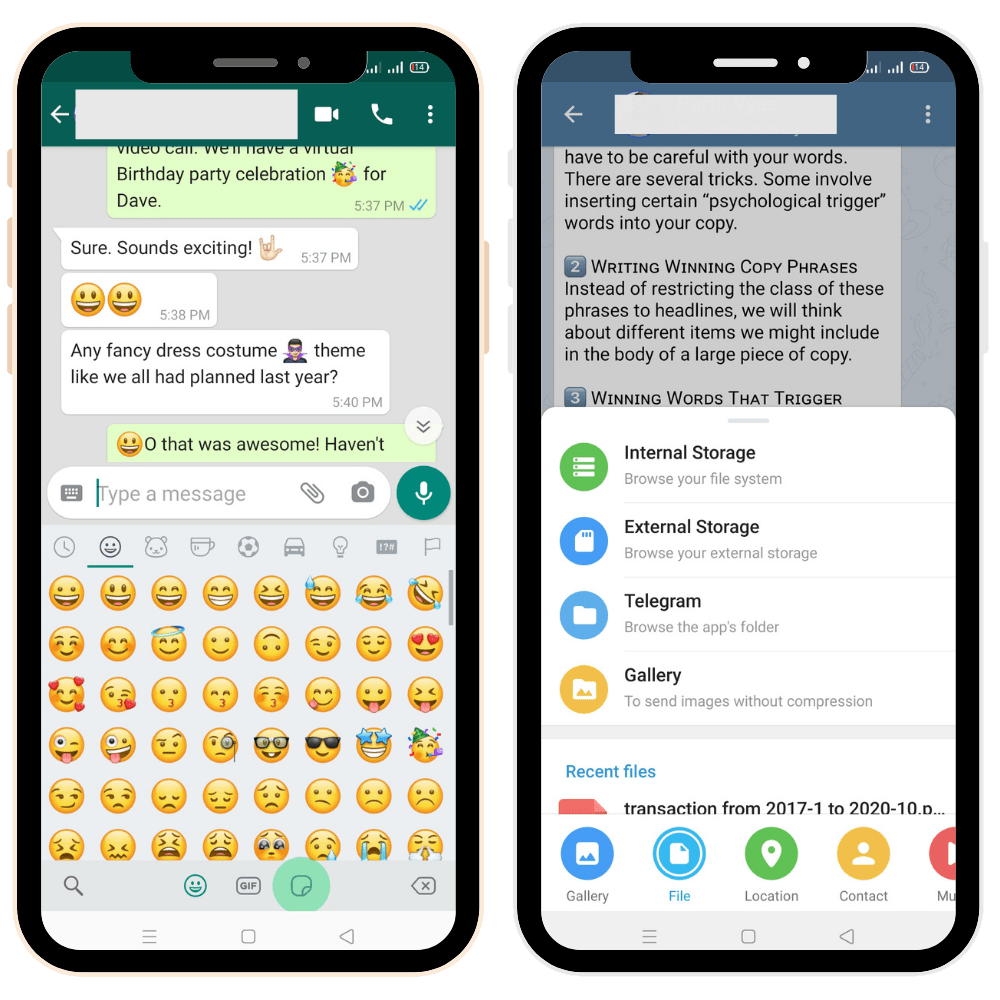
Two apps, no real differences in ultimate functionality, but adherents to one or the other will inflate differences to justify the way they feel about their platform. A smart mobile app designer is constantly building in the recognition of human emotions and – in 2020 – it’s becoming pretty accurate, too.
Even the sphere of commerce and industry manifests this emotional preference amongst users. Ask any IT support team how often they negotiate with a client regarding which app and ensuing process they’re going to install. The principal reason why? As UK outfit E C-MSP can tell you, it’s because the client has an emotional attachment to a certain app, its style or even logo colours, and most importantly – the feelings it evokes.
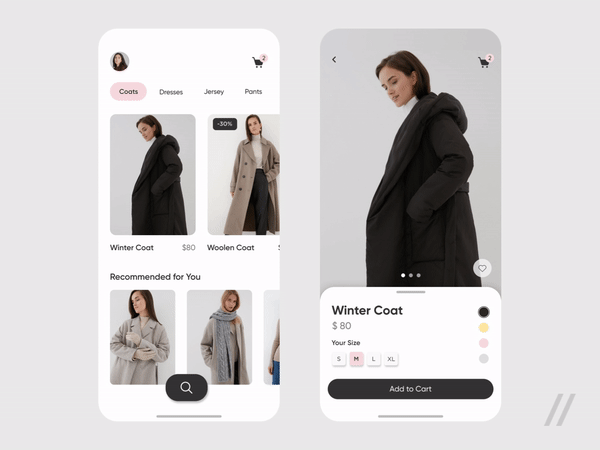
This is the status quo in the business arena, and doubly so with personal use mobile apps. That line is, of course, also becoming blurred because mobile is such a significant component of working life today.
For instance, one company may have adopted Apple devices – most likely as the staff contingent already had huge adoption when the notion of remote work started to rise – while another has been a diehard Windows fan for 30 years. Both companies enjoy the same type of services from their apps as the other, but the loyalties – not clinical comparison – are what keep them in separate camps.
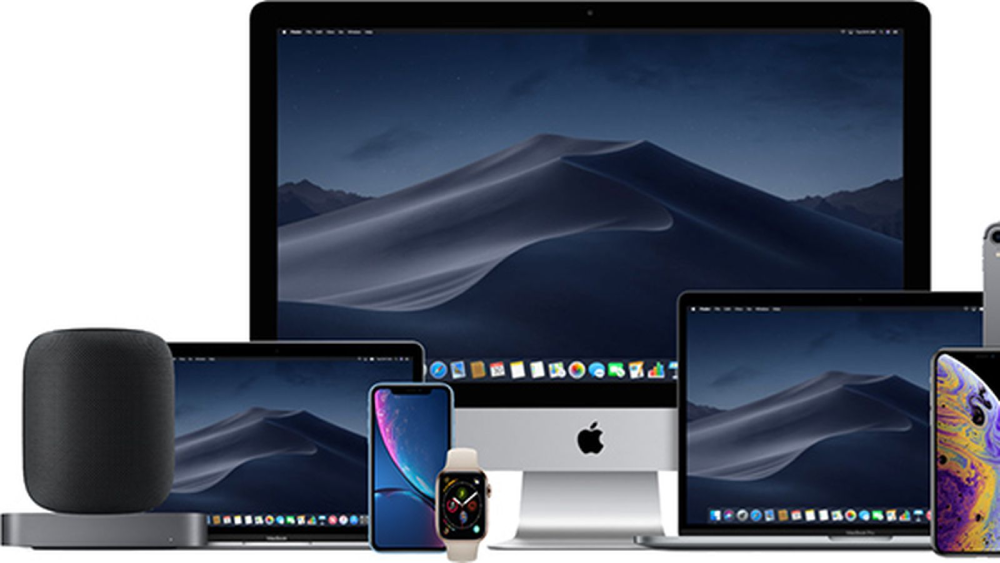
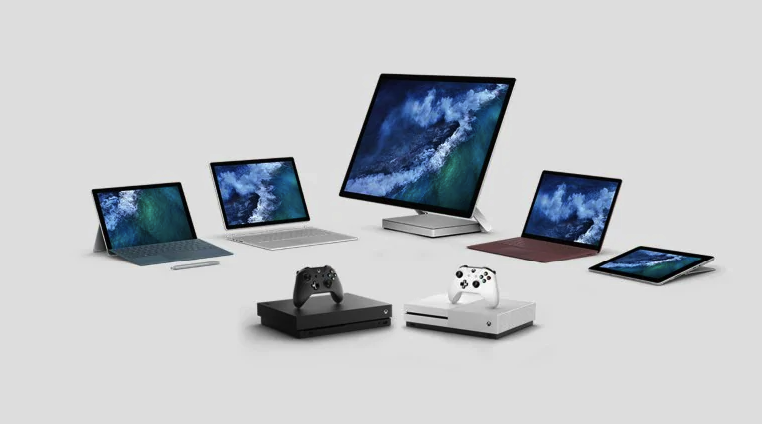
Apple and Microsoft is a stark example, but it’s also a valid indicator of the kind of emotional attachment people display towards ‘their’ chosen platforms.
In a nutshell, people (including business owners) express app preferences based on the deep attachment of emotions to them, far more than anything else. They ‘like’ that app, and often therefore choose it above considerations of better performance.
Non-Apple users might laugh at the dedicated Apple fraternity, but that reality is manifest to a greater or lesser extent in every tech user. The tech-savvy modern human without app preferences is a fiction – they don’t exist. People cathect mobile apps, instruments and almost everything else, although they often build an entire rationale to justify their preference, which is truly an emotional attachment.
Mobile app UX factors in emotions recognition just as it often does voice or facial recognition. AI has EQ, or at least it’s making its way towards it at a rapid pace. Presentation (the small touches and tweaks) engage users, although they might bemoan their presence at first. Once engaged, however, and – assuming the features perform as expected – the overall design becomes assimilated, known, and an emotional cathexis takes place on an almost subliminal level. We might all laugh at young teenagers for their besotted obsession with TikTok or Triller, but they too are but a snapshot of the loyalties and varying degrees of addiction to our chosen apps.
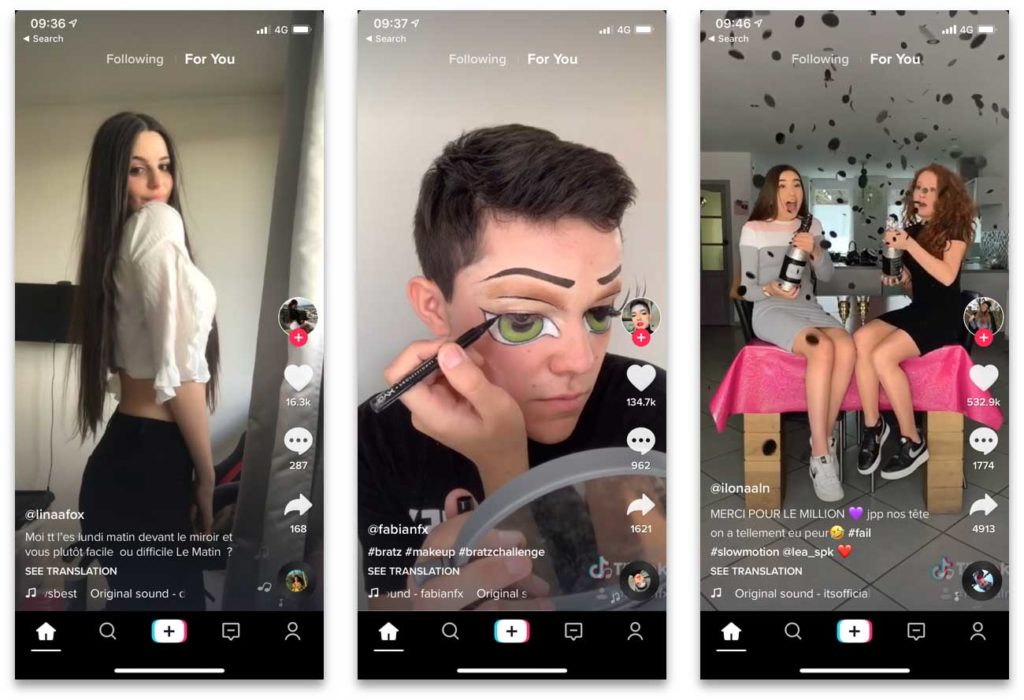
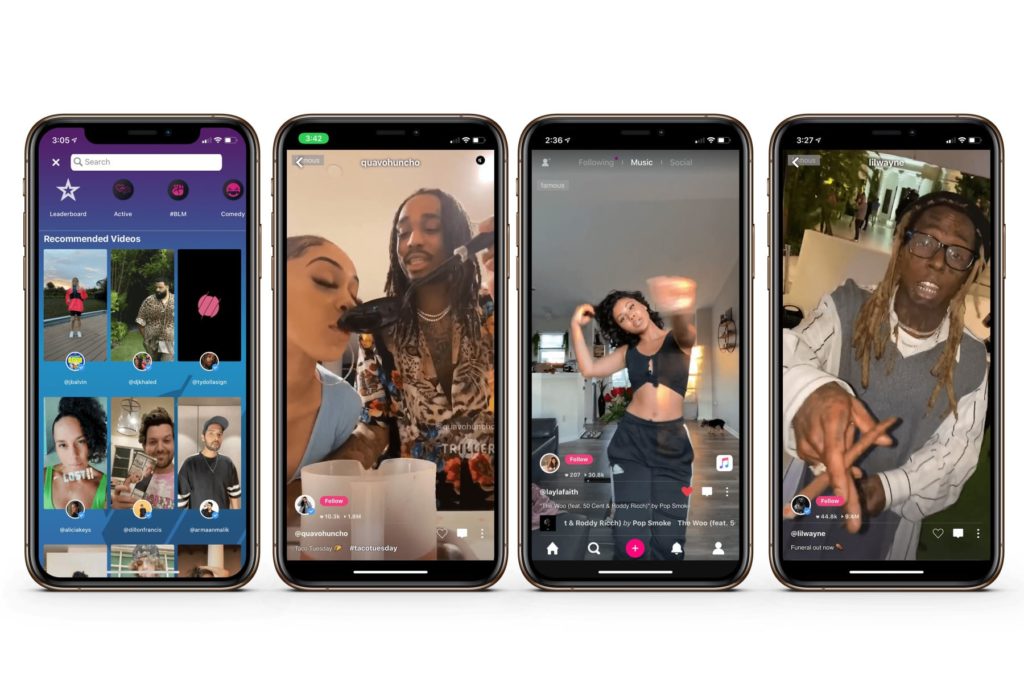
It’s the psychology of selling extending into the tech arena, and savvy mobile app builders know it, incorporate it, and improve on that connection whenever possible. It takes a great imagination, but smart app builders imagine every possible experience the buyer persona might have, where the app might ‘be’ at that moment in that experience, and how it will be remembered. Of course, it’s impossible to cover all potential experiences a user might have, but there are big and obvious boxes to tick – family, romance, socialising online, going out, traveling, and especially alone time.
The fact that nearly 100% of smartphone users have their phone on them almost 100% of the time, makes things easier, too.
The best mobile app UX designers give it personality
Mobile apps can have personality – some might even boldly call it a soul – and there are any number of ways to impact users and impart that personality in a positive way. There is an emotional memory link active in people, and the best apps tap into that and are ‘there’ when fond memories are formed. This takes a lot of imagination on the part of mobile app UX designers, but it pays dividends. This platform was heralded between Siri and Cortana – two of the most personality-enabled apps of the early era – and the bar is now set. The anthropomorphism of tech arrived a while ago, and it’s a huge field with a strong pull on consumers.
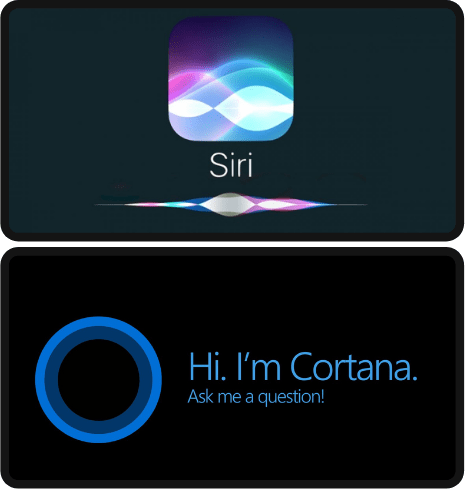
Although it can be a negative behaviour, many users rely on their gut feelings to make decisions and choices, and apps that facilitate or even prompt going with gut instincts save users laborious consideration, provide relatively instant gratification, and reward the user accordingly – all powerful inputs into UX.
Once users feel a sense of ‘ownership’ over an app, the cathexis has taken hold. Apps that reward that symbiosis have a way of ingratiating themselves beyond their performance or that of competitors. If users feel an app as part of themselves (in other words, users have their emotions connected deeply with an app), the UX designer has hit the jackpot. Such app personality can be built using any of the standard app components, like text or messaging, graphics, pictures or animation, as well as features or output actions.
Some aspects of mobile app UX trends are likely near future touch points for enhancing the emotional component of apps. Things like Natural Language Processing (NLP) have a disproportionate ability to endear apps to users, as does the relatively unexplored assimilation of ‘body apps’ into mobile use. Gadgets that measure heart rate, distance and other training aids are a short step away from future apps that can read body language. That would be a huge leap forward in user interaction, and it’s coming soon. A step beyond facial recognition, facial expression and body language responsive apps are but a logical progression.

Far more nuanced and emotionally compelling conversational interfaces are also a logical progression from voice command and AI assistants. However, within all the advancing and unexplored territory of making inanimate apps more humanly emotional, ethical issues lurk. Fortunately, the best mobile app UX designers will lean towards symbiosis or reactive features (rather than manipulation) and remain aware of the post-delight impact of such features on users, too. In a way, the development of such emotionally compelling and intimate apps is an opportunity to do better. While people can be lousy to each other, the apps of the future don’t have to be anything but nice.
That risks further replacing human interaction with more isolating behaviour on the part of users, but at some point, people must take responsibility for their worldview. If mobile app UX designers succeed so spectacularly at enticing human engagement, it won’t be the app’s fault. Hopefully, apps of the future will exist in a symbiosis with equally intelligent human carriers, rather than creating a world of lost souls, pouring their heart out to their phones.

Roy Castleman
Roy Castleman is founder and managing director of EC-MSP Ltd., a London-based IT support organisation focusing on small and medium-sized businesses. An experienced consultant in disaster recovery, he has accreditation with such companies as Microsoft, HP, and Cisco.

Thanks for sharing these emotions, Roy.
I loved the article and the title is very heart touching. When it comes to successful mobile apps, keep in mind that the UX or the User Experience plays a major role in the strategy. Keep Sharing.
You stated that effectively!
This article has all the information I needed concerning this subject. Thanks.
Nicely described, really!!
Cheers! Lots of material.
Amazing information, Thanks!